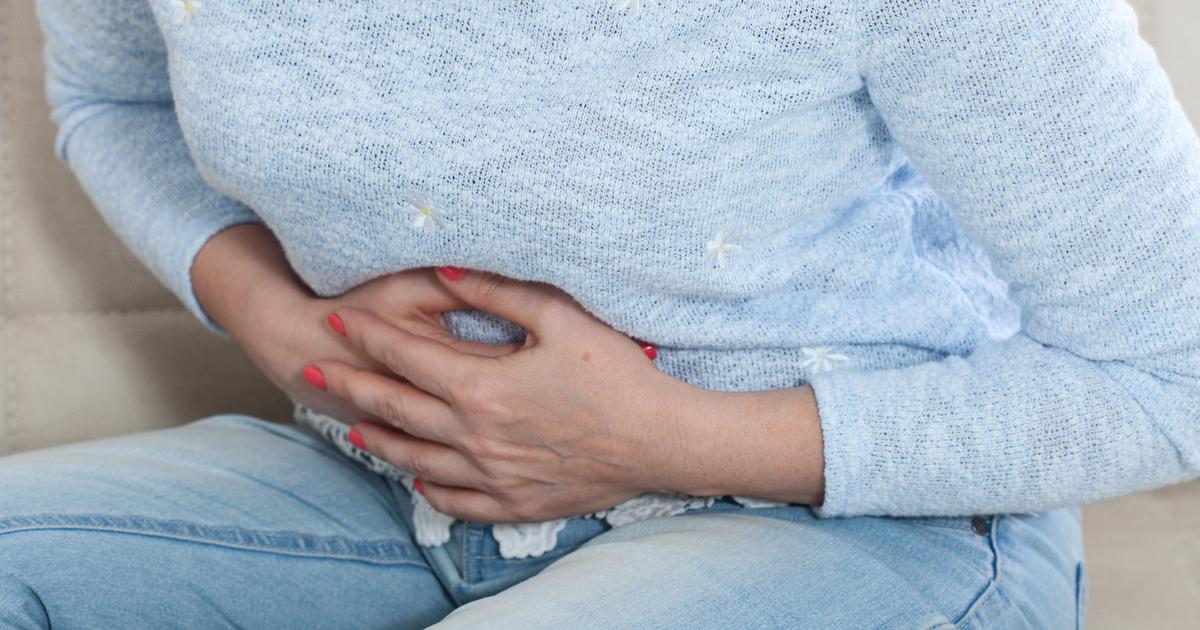Guide To Gastritis Symptoms
Gastritis, also known as dyspepsia, is a medical condition that causes irritation and inflammation of the stomach lining. In severe cases, gastritis can lead to erosion of the stomach lining as well. The condition may be either acute or chronic, and it can affect individuals of any age. Recognized causes of gastritis include excessive alcohol consumption and overuse of nonsteroidal anti-inflammatory medications. The ailment can also develop due to bacterial infections (including the H. pylori infection) and injuries. Patients with Crohn's disease or sarcoidosis are at an increased risk for gastritis. Since the stomach lining naturally becomes thinner with age, seniors have an elevated risk of the condition too. The symptoms outlined below commonly occur with gastritis, and patients who have these should visit their doctors for prompt evaluation.
Abdominal Bloating And Pain

Abdominal bloating and pain are some of the first and most noticeable symptoms of gastritis. Patients with the condition may notice a sensation of fullness after eating, and pain is most common in the upper abdominal area. Patients who visit the doctor for an investigation of abdominal bloating and pain will be asked about the location, frequency, and duration of these symptoms. It can be helpful to keep a symptom tracker before and between doctor's appointments. The doctor will perform an abdominal examination, listening to bowel sounds with a stethoscope, tapping lightly on the stomach area, and gently palpating the abdomen for any masses or areas of concern.
Learn more about the symptoms of gastritis now.